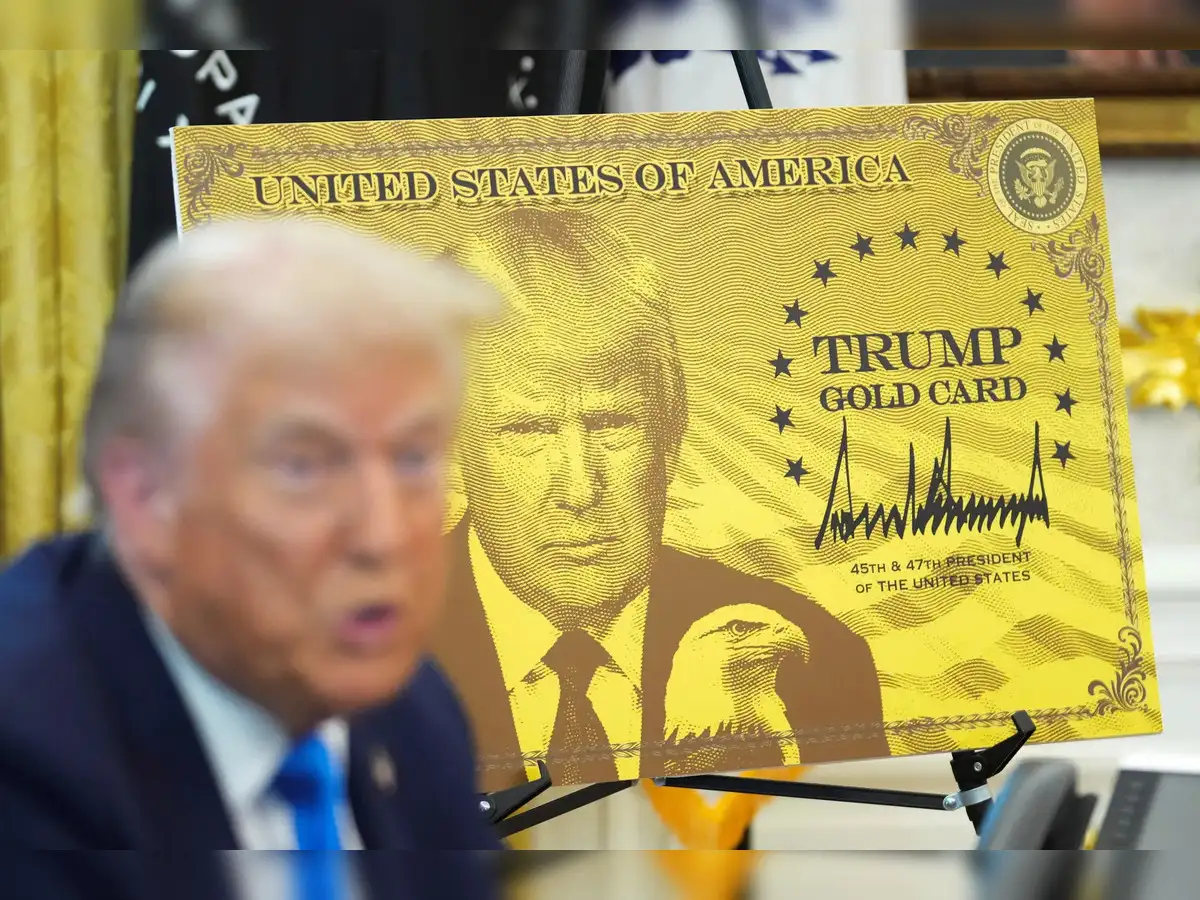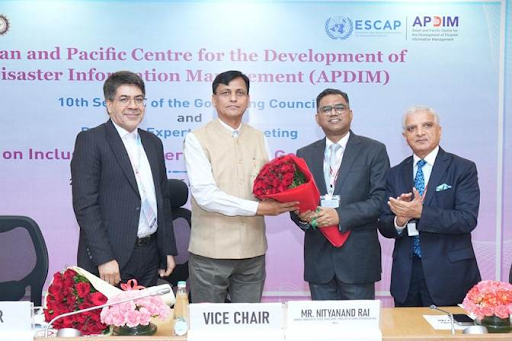Description
.png)
Disclaimer: Copyright infringement not intended.
Context
- India, the US and 12 other members of the Indo-Pacific Economic Framework (IPEF) entered the #IPEF Supply Chain Resilience Agreement.
- The Agreement aims to cut dependence on China and help shift manufacturing of crucial goods to member nations.
Indo-Pacific Economic Framework for Prosperity
About
- The Indo-Pacific Economic Framework for Prosperity (IPEF) is an economic initiative launched by the U.S. in 2022.
Genesis
- The grouping was born from a collective desire to make the Indo-Pacific region an engine of global economic growth, calling for common and creative solutions to tackle economic challenges in the region.

Aim
- It seeks to strengthen economic engagement among partner countries with the goal of advancing growth, peace and prosperity in the region.
Participation
- The framework launched with fourteen participating founding member nations in the Indo-Pacific region with an open invitation for other countries to join.
- IPEF has 14 partner countries including Australia, Brunei, Fiji, India, Indonesia, Japan, the Republic of Korea, Malaysia, New Zealand, Philippines, Singapore, Thailand, Vietnam & USA.
Representation
- The 14 IPEF partners represent 40 percent of global GDP and 28 percent of global goods and services trade.
Core Pillars
The launch began discussions of future negotiations on the following pillars:
(1) Trade;
(2) Supply Chains;
(3) Clean Energy, Decarbonization, and Infrastructure; and
(4) Tax and Anti-Corruption
Broader Objectives
- The IPEF aims to have a framework for countries to secure access to raw materials, minerals, clean energy technology, etc.
- The IPEF’s focus on decarbonization is in line with the Paris climate goals. To keep things fair and transparent, there are anti-bribery and anti-money laundering components.
- As for supply chain resilience, the framework aspires to secure access to key raw and processed materials, semiconductors, critical minerals and clean energy tech, particularly for crisis response measures and ensuring business continuity.
- The framework intends to “advance resilience, sustainability, inclusiveness, economic growth, fairness, and competitiveness” in these economies.
Focus Areas
- On the trade front, the endeavor is to establish “high-standard, inclusive, free, and fair-trade commitments” to fuel economic activity and investments benefitting both workers and consumers.
- It aims to extend cooperation for enhancing the digital economy and trade.
- Digital trade incorporates not just the purchase and sale of goods online but also data flows that enable the operation of global value chains and services, like smart manufacturing, platforms and applications.
- The idea here is to overcome downstream costs for businesses as well as upscale the ability to utilize data processing and analysis and enhance cybersecurity outside their geographies.
- In line with the Paris Agreement, the clean energy, decarbonization, and infrastructure pillar would provide technical assistance and help mobilize finance, including concessional finance, to improve competitiveness and enhance connectivity by supporting countries in the development of sustainable and durable infrastructure for adopting renewable energy.
- Lastly, the pillar on tax and anti-corruption is aimed at promoting fair competition by enforcing robust tax, anti-money laundering, and anti-bribery regimes in line with existing multilateral obligations, standards, and agreements to curb tax evasion and corruption in the region.
.jpg)
India’s cooperation
- India is keen to collaborate with partner countries under the IPEF and work towards advancing regional economic connectivity, and integration and boosting trade and investment within the region.
|
PRACTICE QUESTION
Q. Consider the following statements:
1.The Indo-Pacific Economic Framework for Prosperity (IPEF) is an economic initiative launched by Japan in 2022.
2.IPEF has 14 partner countries including India.
3.IPEF aims to have a framework for countries to secure access to raw materials, minerals, clean energy technology, etc.
Which of the above statements is/are incorrect?
A) 1 and 2 only
B) 2 only
C) 3 only
D) All
Answer: A) 1 and 2 only
|




.png)
.png)






